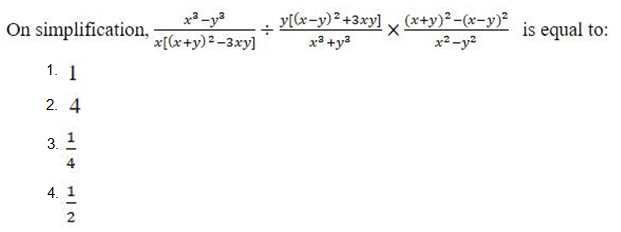Question
During spring, plants primarily transport stored food from
their roots to which structures?Solution
During spring, plants mobilize food reserves stored predominantly as starch in their root systems, converting these carbohydrates to sugars that are then transported primarily to buds. These buds represent embryonic growth points that will develop into new shoots, leaves, and eventually flowers. The translocation of stored energy to buds is a crucial early-season process that occurs before photosynthesis can fully resume. As the buds develop into leaves, they gradually begin photosynthesizing and producing their own glucose, reducing the plant's dependence on stored reserves. This seasonal mobilization pattern explains why many perennial plants can produce early spring growth even before developing significant leaf surface area for photosynthesis. The process is particularly evident in deciduous species that lose all foliage during winter dormancy.
If p = 24 - q - r and pq + r(q + p) = 132, then find the value of (p² + q² + r²).
((99.9 - 20.9)² + (99.9 + 20.9)² )/(99.9 x 99.9 + 20.9 x 20.9) = ?
...
Find the value of the given expression-
(4x+4 -5× 4x+2) / 15×4x – 22×4x
If 4x² + y² = 40 and x y = 6, then find the value
of 2x + y?
If p = 40 - q - r and pq + r(q + p) = 432, then find the value of (p² + q² + r²).
47.98 × 4.16 + √325 × 12.91 + ? = 79.93 × 5.91
If x + y = 4 and (1/x) + (1/y) = 24/7, then the value of (x3 + y3).
- If p = 20 - q - r and pq + r(p + q) = 154, then find the value of (p² + q² + r²).
If a = (√2 - 1)1/3, then the value of (a-1/a)3 +3(a-1/a) is:
Relevant for Exams:


